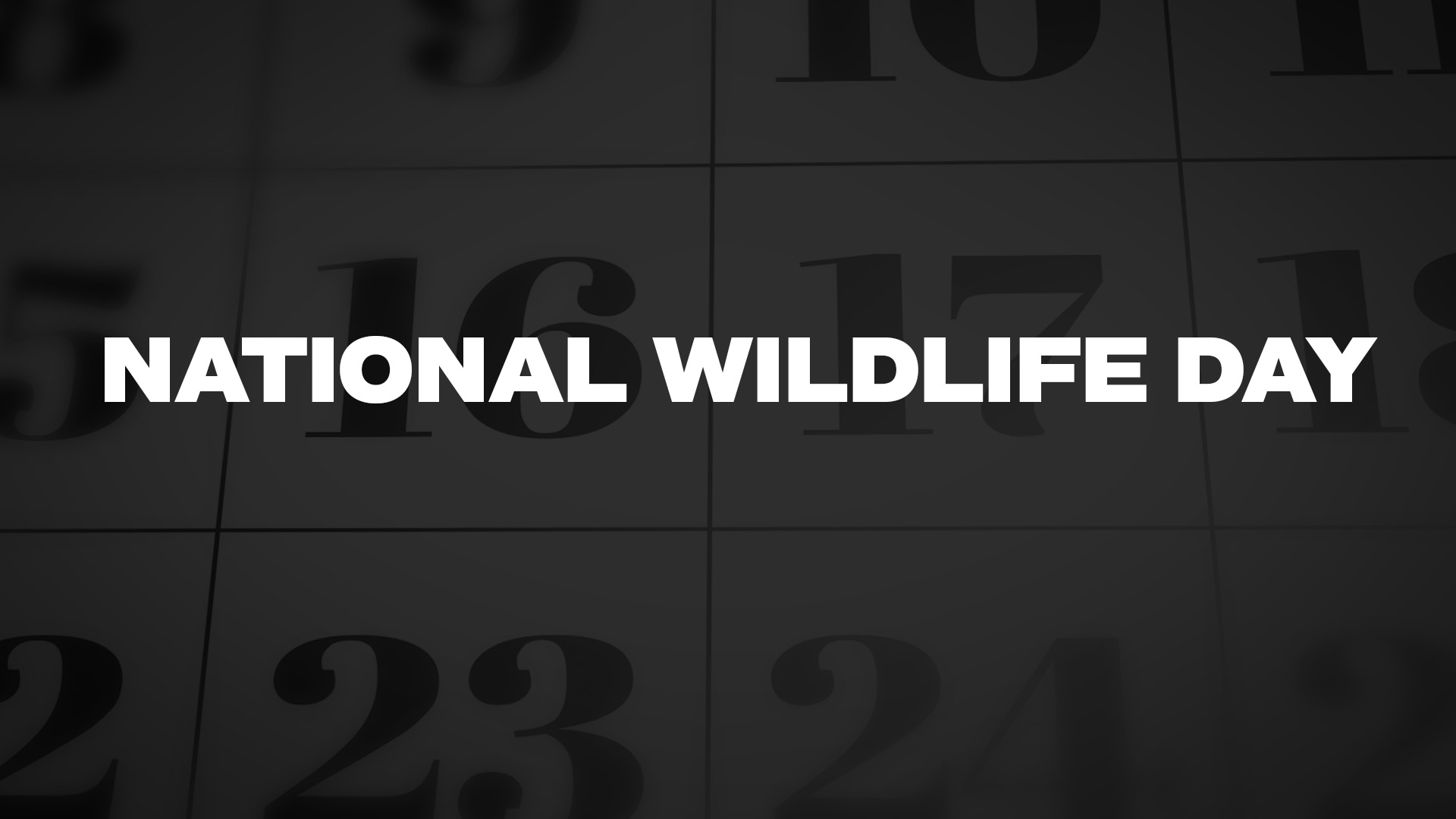National Wildlife Day is a yearly observance in the United States that aims to raise awareness for the importance of wildlife both in local environments and worldwide. The day also encourages conservation efforts and protection of habitats for different animal species.
#HASHTAGS
#NationalWildlifeDay
National Wildlife Day is celebrated annually on February 22nd.
| Year | Date | Day |
|---|---|---|
| 2023 | February 22 | Wednesday |
| 2024 | February 22 | Thursday |
| 2025 | February 22 | Saturday |
| 2026 | February 22 | Sunday |
| 2027 | February 22 | Monday |
| 2028 | February 22 | Tuesday |
| 2029 | February 22 | Thursday |
| 2030 | February 22 | Friday |
| 2031 | February 22 | Saturday |
| 2032 | February 22 | Sunday |
| 2033 | February 22 | Tuesday |
| 2034 | February 22 | Wednesday |
| 2035 | February 22 | Thursday |
